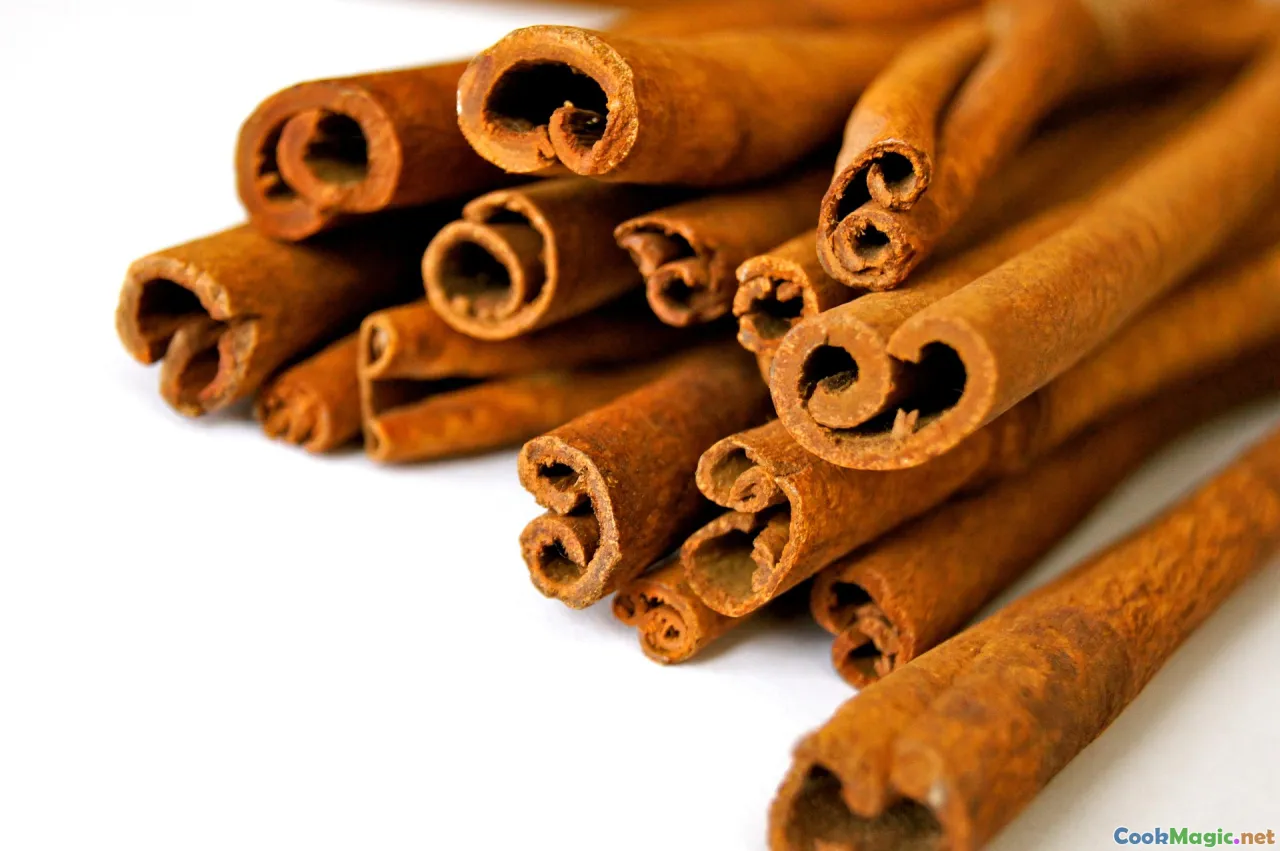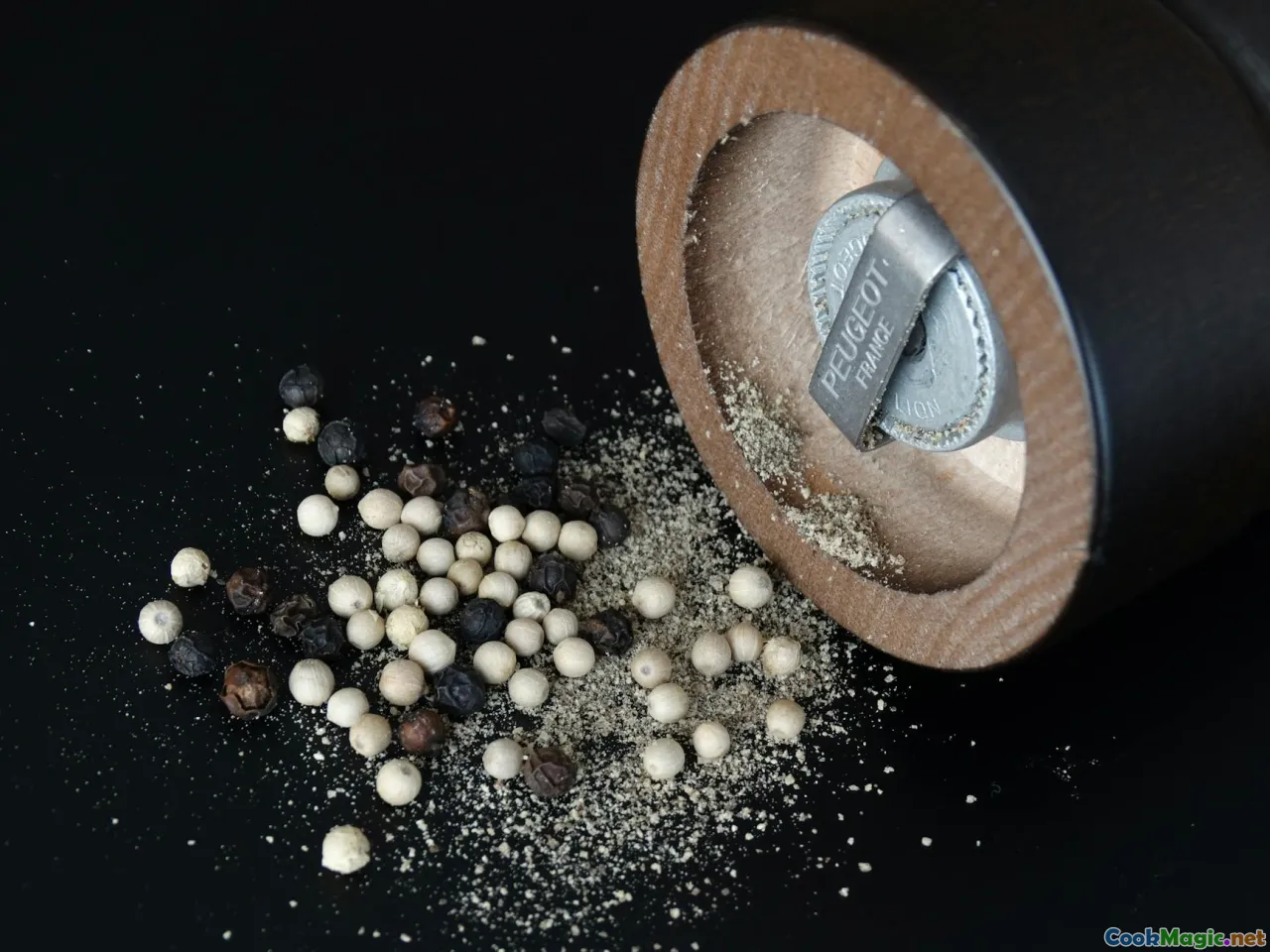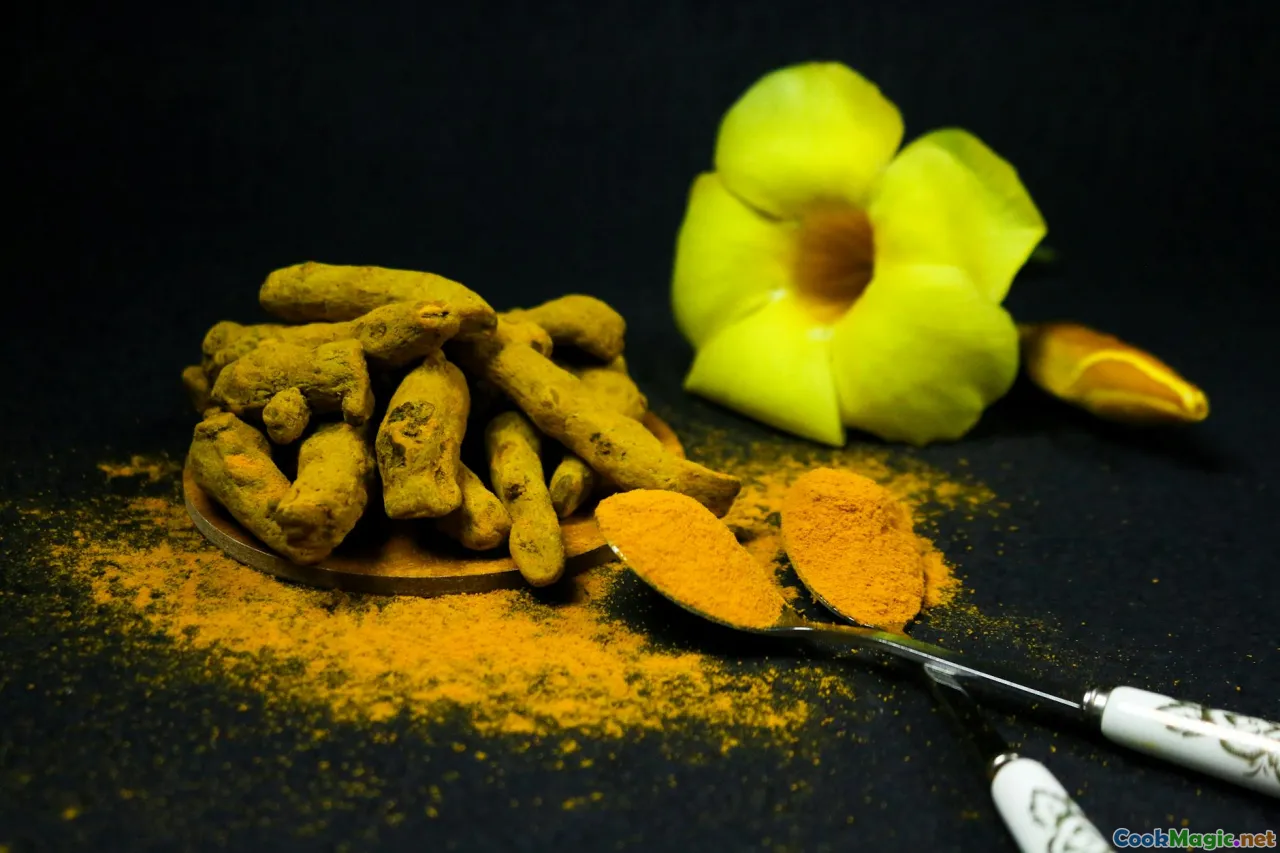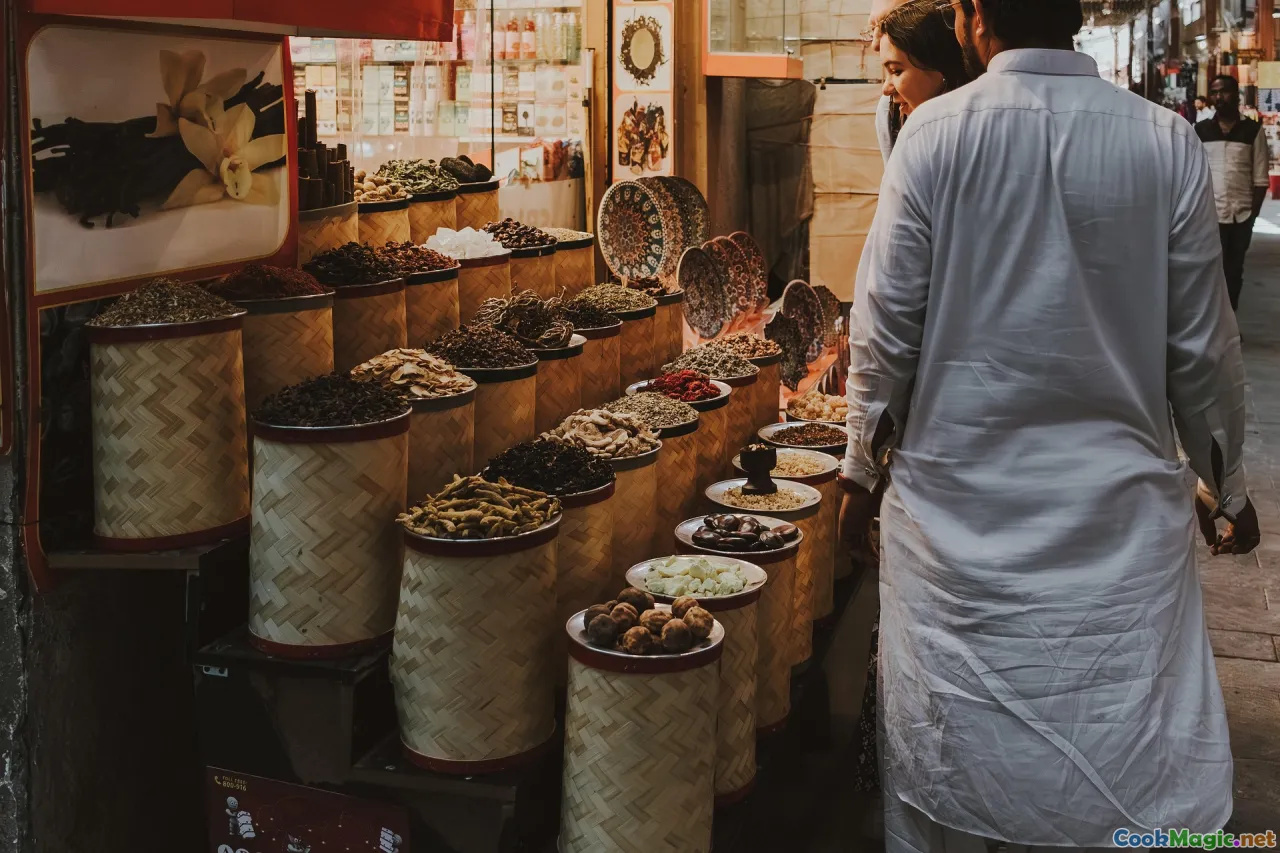The Crucial Spices Shaping Sri Lankan Flavors
13 min read Explore the key spices that define Sri Lankan cuisine's vibrant and aromatic flavors, revealing centuries of culinary tradition. September 07, 2025 12:05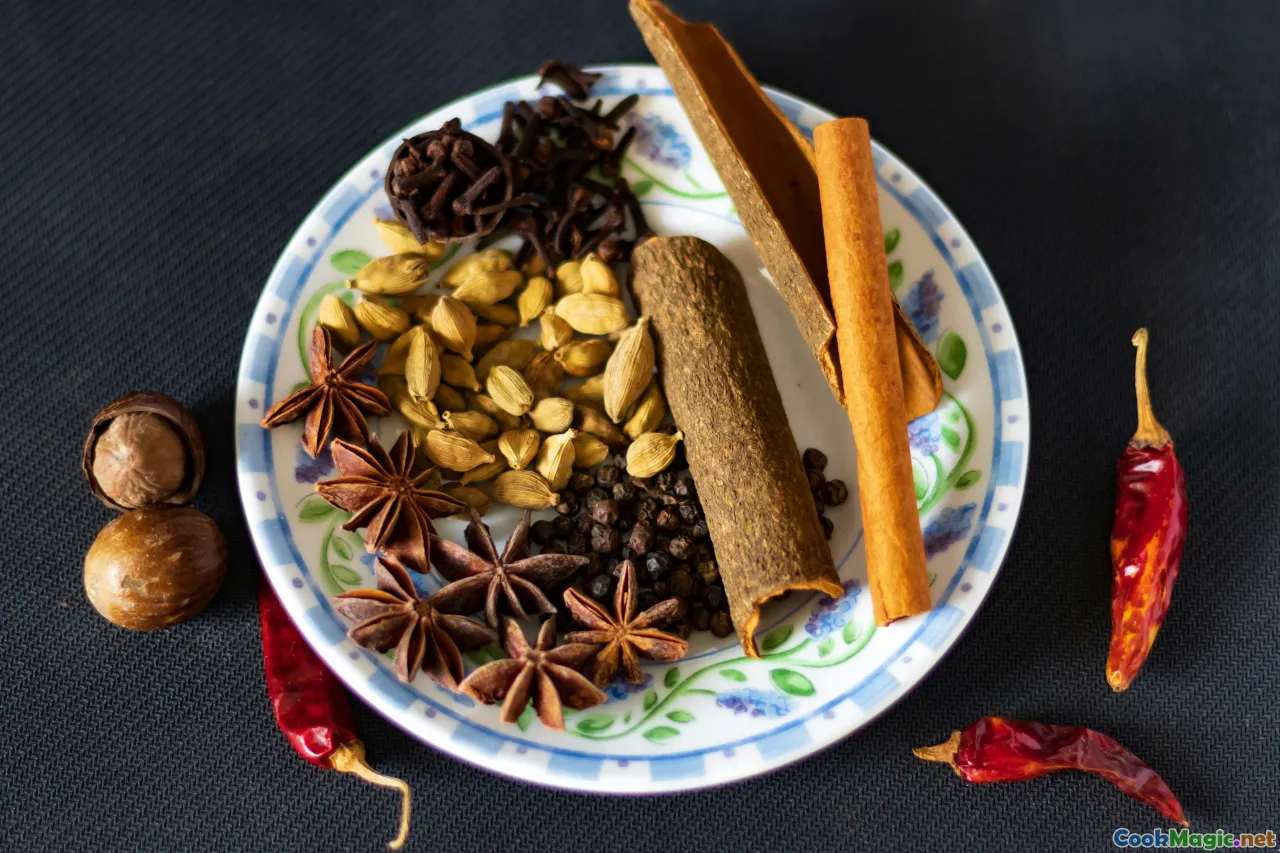
The Crucial Spices Shaping Sri Lankan Flavors
Sri Lanka, often affectionately called the Pearl of the Indian Ocean, is a land where culinary traditions are woven into the very fabric of its culture, history, and environment. From the fragrant temples of Kandy to the bustling streets of Colombo, the aroma of spices permeates every corner, offering not just sustenance but a sensory journey through centuries of storytelling and cultural exchange.
Stepping into a Sri Lankan kitchen is akin to entering a vast aromatic tapestry, where each spice adds a unique stitch—bold, subtle, fiery, and earthy—intertwining to craft the island’s characteristic flavors. In this deep dive, we explore the essential spices that define Sri Lankan cuisine, revealing their history, usage, and the personal stories behind their integral roles.
The Legendary Ceylon Cinnamon: Sweetness and Warmth 
Few spices evoke the heart of Sri Lankan cuisine quite like Ceylon cinnamon. Known officially as True Cinnamon, Ceylon cinnamon hails from the lush plantations nestled in regions like Kandy and Matale, where the aroma of the bark drifts lazily through mist-laden mornings.
Historically, Ceylon cinnamon was so prized that it was called "the Queen of Spices," treasured by ancient civilizations like the Romans and Egyptians for its delicate, sweet flavor and fragrance. Its thin, layered bark dissolves effortlessly on the tongue, releasing a gentle sweetness that warm, roasted coffee or spicy rice dishes like Kool benefit immensely from.
When I first visited a cinnamon plantation near Matale, I was struck by the meticulous care taken in harvesting—stripping the bark by hand, then unrolling the fragrant spirals that seem to hold centuries of stories. Using their delicate, sweet essence in dishes like Kiribath (milk rice) or in rich curries transforms simple ingredients into symphonic compositions that echo the island’s historical depth.
Tip: To truly appreciate Ceylon cinnamon’s subtle qualities, grating fresh cinnamon sticks over warm desserts or spicy stews amplifies its aromatic grace rather than overpowering the dish.
The Fiery Grace of Sri Lankan Black Pepper 
Sri Lanka's reputation as the 'Pepper Capital of the World' is well-earned. Ancient maritime routes connected the island to civilizations craving its potent, pungent black pepper, which remains a staple even today.
Black pepper’s pungency adds depth and heat to both meat curries and vegetarian dishes. The signature lamprais, a complex baked ricemeal, benefits immensely from freshly ground pepper, which balances its complex ingredients. Walking through a pepper plantation in the hill country—where fiery roasted aromas mingle with lush greenery—rekindles an understanding of how this humble spice commands such respect.
The difference between locally harvested black pepper and commercial variants is profound. Freshly ground pepper retains its volatile oils, releasing a fiery, aromatic burst that invigorates the palate. Sri Lankan cooks often comprise freshly cracked black pepper during the initial stages of curry preparation, allowing the heat to bloom and intensify.
Pro Tip: Blend coarsely ground black pepper into coconut sambals or use it as a finishing touch on fiery Devilled Chicken for a punch of spice and aroma.
Turmeric: The Golden Touch 
Turmeric, with its vivid yellow hue, is ubiquitous in Sri Lankan(eats—even beyond the kitchen. In raw form, its earthy, slightly bitter flavor energizes dishes like Wattalapam (a rich coconut custard) and Fish Curry where it balances acidity and heat.
This spice isn’t just flavorful—it’s steeped in symbolism, representing purity and spirituality in Sri Lankan customs. Historically, turmeric was used in traditional medicine, believed to promote health from digestion to skin healing. When I visited a spice garden in Galle, I was struck by how turmeric roots are harvested with reverence, as if capturing health in each pluck.
In everyday cooking, turmeric is often combined with cumin and coriander in a panch poran-style blend, enhancing rice dishes like Kiribath or adding a golden glow to lentil dai Cakes (parippu). Its vibrant color transforms simple curries, making the dish visually inviting.
Tip: To unlock turmeric's full flavor, toast the powder briefly with other spices before adding liquids—it releases an aromatic warmth that defines many Sri Lankan curries.
Cardamom’s Aromatic Elegance 
Trade routes in ancient Sri Lanka were often shaped around one of the most fragrant and sophisticated spices—green cardamom. Its floral, slightly minty aroma is both invigorating and soothing, an integral component of both savory dishes and sweets.
In traditional Sri Lankan kavum (festival sweets) and unda (sweet balls), crushed cardamom seeds lend an explosion of fragrance. I fondly remember the aroma of cardamom-filled tea I sipped in a small village near Nuwara Eliya—its bright, spicy notes awakening the senses.
Because of its potent aroma, Sri Lankan cooks often use whole pods during cooking, allowing the flavor to infuse subtle layers into rich coconut curries or rice dishes. At the local spice markets, crushing fresh green pods releases a burst of fragrance that can silence a noisy street.
Culinary Tip: Lightly crush cardamom pods before adding to stews and desserts. For a fragrant touch, sprinkle freshly ground cardamom atop Wattalapam just before serving.
Clove: The Intense and Comforting 
Cloves are one of the most pungent, aromatic spices used intensely in Sri Lankan cuisine. Their strong, sweetish aroma adds warmth and depth to dishes such as Hoppers (bowl-shaped pancakes), Kottu (stir-fried bread), and rice puddings (Wattalapam).
Historically, cloves were one of the earliest spices exchanged in the spice trade, and Sri Lanka’s extensive clove plantations still produce some of the world’s finest quality buds. Walking through a clove plantation near Kegalle, the air is thick with a spicy, almost intoxicating scent—each bud as if holding secret stories within.
In cooking, a handful of whole cloves is often added at the start of a curry to infuse the oil with their warmth, then removed to leave a lingering aroma. Cloves also feature prominently in festive chai blends, where they meld with cinnamon and cardamom into a cozy cup.
Expert Tip: Use freshly dried cloves for maximum aroma, and crush them lightly before infusion for a richer flavor profile.
Harmonizing the Spices: Building a Sri Lankan Flavor Profile 
What truly sets Sri Lankan cuisine apart is not just individual spices but how they coexist, melding into complex, harmonious layers. A typical curry might include cinnamon, cardamom, cloves, and black pepper, each imparting distinct but complementary notes.
Creating authentic Sri Lankan spice blends—like curry powder—is an art form. Popular recipes combine turmeric, coriander, cumin, fenugreek, and sometimes even star anise. Crushing these spices together in a mortar and pestle releases fragrant oils, creating a vibrant powder that forms the backbone of most curries.
Personal insight: I love preparing Lunu Miris—a fiery chili and onion relish—by mixing finely chopped red onions, dried red chili flakes, lime, and a pinch of ground cinnamon. It exemplifies how even simple spice accompaniments can fledge an explosive symphony of flavors.
Passing Down Traditions Through Spices
Spices in Sri Lanka are more than culinary ingredients—they are carriers of culture, tradition, and emotion. Generations of cooks pass down old recipes, each with secret nuances rooted in the island’s rich history. Celebratory feasts feature intricate curies with complex spice blends that represent not just flavors but familial stories.
In the lively spice markets of Colombo, vendors boast of their vibrant turmeric, freshly harvested pepper, and aromatic cloves—each whispering tales of their origin stories, the seasons, and the land.
When you cook Sri Lankan dishes, you engage in a deep cultural dialogue, where every pinch of spice carries the essence of the island’s resilience, diversity, and warmth.
Savoring the Spice Heritage
Sampling the island’s diverse dishes—from fiery Parippu (lentil curries) to sweet Wattalapam—is a sensory journey that reveals how the essence of Sri Lanka is captured through its spices. Each bite honors centuries of maritime trade, colonial history, and indigenous wisdom.
Whether you are a seasoned chef or an eager home cook, understanding these spices opens a portal to the soul of Sri Lankan cuisine. Integrate them thoughtfully, and let each dish be a testament to the island’s flavorful heritage.
In your kitchen, consider exploring these essential spices—a dance of aroma, heat, and sweetness—and honor the centuries of tradition and passion woven into every grain. Because in Sri Lanka, spices are not just ingredients—they are stories, history, and heart.
—
Embark on your own aromatic journey, and may every meal be as warm and inviting as the island itself.
